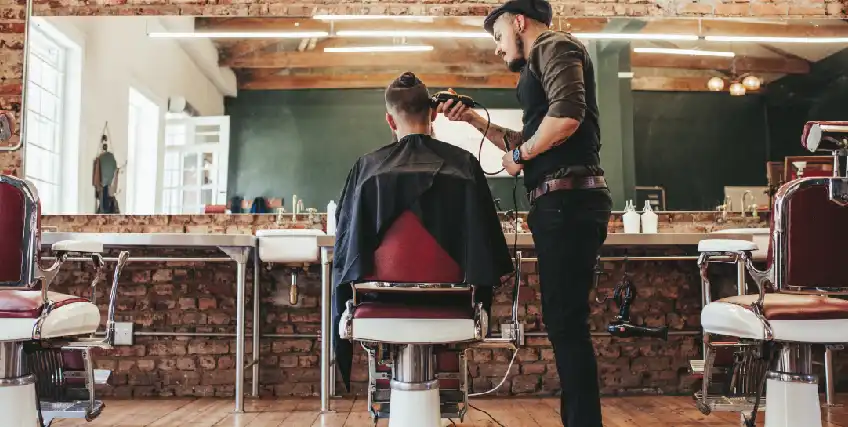The barbering industry holds a crucial position in personal grooming and self-care. However, it is vital to prioritize the wellness and security of both customers and stylists in this setting. Robust health and safety regulations are crucial for maintaining hygiene standards, preventing accidents, and ensuring a positive interaction for all parties engaged. By adhering to these guidelines, barbers can create a safe space that fosters trust and comfort among clients.

One key component of well-being and safety in barbering is cleanliness. Stylists must comply with strict hygiene practices, including regular cleaning of equipment and stations. This includes sanitizing shears, clippers, and combs after every use to eliminate the possibility of transmitting bacteria or infections. Additionally, barbers should use sanitized capes and towels for each individual to maintain a sanitary environment. Implementing these practices not only safeguards customers but also boosts the credibility of the barbering business.
Another critical requirement addresses the safe management of chemicals used in hair treatments. Products such as hair dyes, chemical straighteners, and other formulations can present hazards if not managed correctly. Barbers must follow safety guidelines for the containment and use of these products to avoid dermal reactions or allergic reactions among customers. Using protective gear and providing adequate ventilation during treatments are essential steps that barbers should take more information to protect client well-being while offering high-standard care.
Injury avoidance is also a key element of health and safety regulations in barbering. Barbershops should be designed with safety in mind, minimizing hazards such as slippery floors or cluttered workspaces. Staff should be educated in response protocols, including how to manage lacerations or thermal injuries that may happen during service. Providing first aid kits and confirming that all team personnel know their placements is an effective way to anticipate unforeseen incidents. By prioritizing safety measures, practitioners can create an environment where clients feel safe and well-attended.
Lastly, clear interaction is essential to supporting customer wellbeing in the grooming profession. Stylists should consult patrons about their preferences and any possible concerns associated Web Site with the services offered. This includes discussing sensitivities to chemicals or prior negative experiences reported by individuals. By fostering open dialogue, barbers can build trust with their customers while ensuring that they receive personalized care tailored to their individual needs. In the end, upholding wellness and protection standards will lead to improved customer experience and a successful haircare practice.